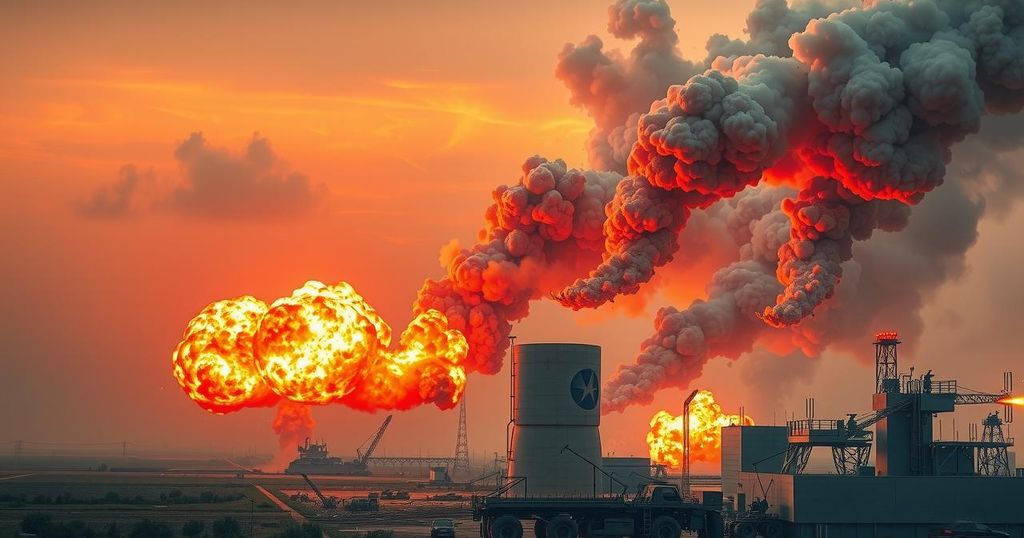- CIA Director John Ratcliffe briefs lawmakers on Iran nuclear strikes.
- U.S. military actions reportedly set back Iran’s nuclear ambitions significantly.
- The metal conversion facility’s destruction is critical for bomb-making capability.
CIA Shift in Intelligence on Iran’s Nuclear Program
In a classified briefing recently held for U.S. lawmakers, CIA Director John Ratcliffe asserted that American military strikes effectively crippled Iran’s nuclear ambitions by destroying the country’s only metal conversion facility. This facility, located at the Isfahan nuclear site, was pivotal for Iran’s ability to turn enriched uranium into the metal needed for constructing nuclear weapons. Ratcliffe noted that the damage inflicted during these strikes would set back Tehran’s nuclear program by several years, as indicated by a U.S. official speaking anonymously due to the sensitive nature of information discussed. He articulated that while some enriched uranium might remain buried beneath debris, the loss of the conversion capacity translates into a critical blow to Iran’s bomb-making processes.
Uncertainties in Assessing Damage to Nuclear Sites
President Trump reinforced the message following Ratcliffe’s briefing, describing the strikes as having “obliterated” Iran’s nuclear potential. Speaking on Fox News, Trump claimed these actions have brought about a significant halt to Iran’s nuclear ambitions, at least temporarily. Meanwhile, Rafael Grossi, the Director General of the International Atomic Energy Agency (IAEA), confirmed on CBS that while damage to several Iranian facilities, including Natanz, Fordo, and Isfahan, was significant, it wasn’t complete. He indicated that inspections are essential for fully determining the extent of the destruction and that some capabilities still exist, allowing Iran to resume operations if they choose to do so.
Consequences and Ongoing Challenges for Iran
During the briefing, Ratcliffe highlighted that the strikes on Iran have also ravaged the nation’s air defense systems. As a result, Iran’s potential to rebuild its nuclear capabilities is currently hampered by an inability to effectively defend against possible future airstrikes. This gives Israel a tactical advantage should Iran attempt to restart its nuclear activities, which Israeli assessments suggest have been set back for an extended time. Additionally, the strikes led to fatal consequences for key Iranian figures in the nuclear development sector as well as damage to its missile production operations. Nonetheless, Grossi pointed out that the foundational knowledge Iran possesses regarding nuclear technology cannot simply dissipate, advocating for a diplomatic approach to mitigate future risks.
In summary, the strikes against Iran’s metal conversion facility represent a significant moment in U.S. military strategy, potentially curtailing Tehran’s nuclear capabilities for a considerable period. CIA Director Ratcliffe has confirmed that while some uranium remains intact, the destruction of the conversion facility is critical. Both U.S. and Israeli assessments underline the ongoing challenges and the necessity for a diplomatic resolution concerning Iran’s nuclear future, emphasizing that scientific expertise cannot be eradicated entirely.






